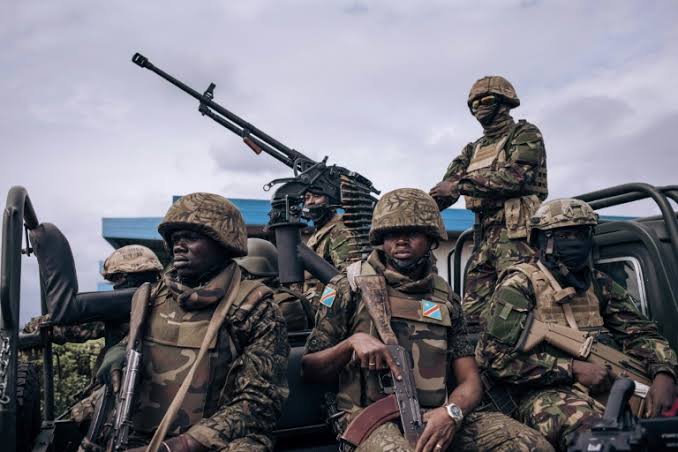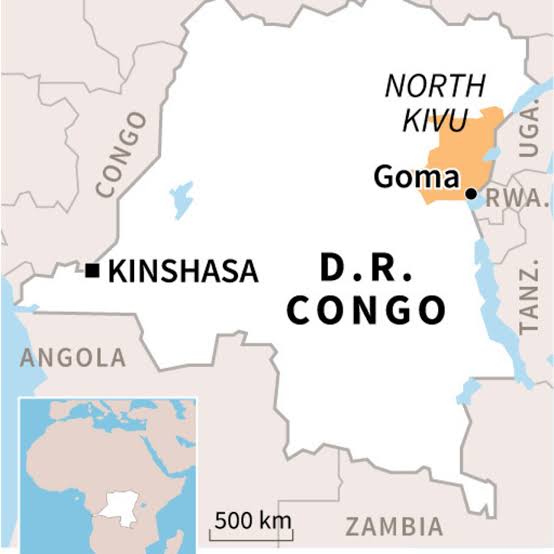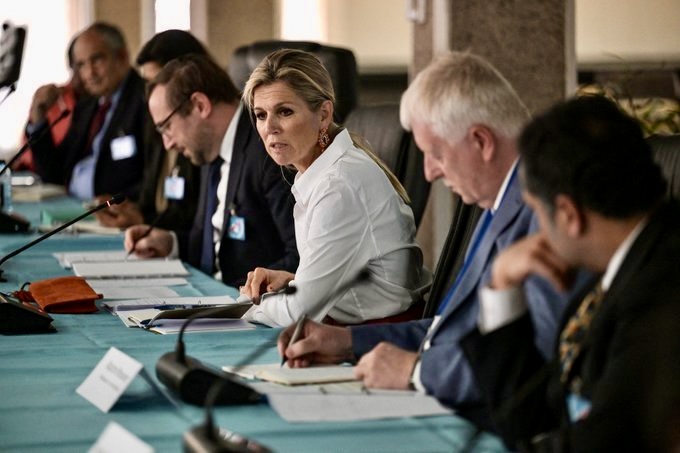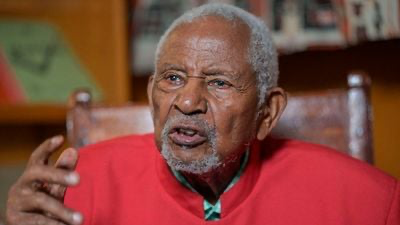
Faith Nyasuguta
Wednesday brought word of a tragic incident after a nighttime assault on the outskirts of Oicha town in Beni territory, which stands at the heart of the enduring violence carried out by the IS-affiliated Allied Democratic Forces (ADF) in North Kivu province.
In the early hours of the morning, information spread of a new killing, with at least 26 dead, in the territory of Beni, the heart of the Allied Democratic Forces (ADF) atrocities.
Initially Ugandan rebel fighters, the ADF has been operating in this eastern region of the Democratic Republic of Congo since the mid-1990s, resulting in the loss of thousands of civilian lives.
In 2019, they pledged allegiance to the jihadist group Islamic State, which now claims some of their actions and presents them as its “Central African province”.
Just recently, on Ugandan soil, they were accused of a tragic incident on October 17 in Queen Elizabeth Park, involving the killing of three individuals, including two foreign tourists. This attack was swiftly claimed by IS.
On Monday evening and through the early hours of Tuesday, assailants, identified by authorities as ADF militia, targeted a suburban area of the city of Oicha, carrying out looting and primarily using knives for the attacks.
“We have just deposited 26 bodies in the morgue,” declared Darius Syaira, civil society rapporteur for the Beni territory, in the morning. The toll of 26 killed was later confirmed by an army spokesperson.
Furious protesters ignited humanitarian vehicles intended for food distribution, expressing, “We demand security, not humanitarian aid.”
DETERIORATING FURTHER
In another part of the province, clashes escalated since early October between the M23 rebels and pro-government armed factions, closing in on an area approximately twenty kilometers north of Goma. Goma is a city with over a million residents, situated along Lake Kivu and neighboring the Rwandan border.

“There has been fighting in Kibumba since this morning,” a security source who requested anonymity told AFP.
“The rebels are confronting the +wazalendo+ (name given to the armed groups known as “patriots”). The M23 has just fired two bombs at us and we are in the process of responding,” added the source.
Formally, the military adheres to a ceasefire urged by regional mediators. However, onlookers report that soldiers and “patriots” are collaborating in the battle against the M23 rebellion, which multiple sources suggest receives support from Rwanda.
Later in the day, the spokesperson for the military governor accused rebels, allegedly “backed by the Rwandan army,” of launching an assault on an army position.
“Faced with this provocation, all measures have been taken ,” he said in a statement. According to another security source and a civilian witness, the army used a Sukhoi-25 fighter plane against the rebels.
“The situation is getting worse and worse. Both sides are exchanging heavy weapons fire ,” said a resident. “We are forced to flee.”
In a situation update, the United Nations humanitarian coordination (Ocha) in the DRC estimated on Monday at nearly 200,000 the number of people who have had to flee their homes since October 1 in the territories of Rutshuru and Masisi.
The conflict, extending into the Nyiragongo territory nearer to the provincial capital, has led to several dozen casualties in recent weeks, including both civilians and combatants.
Government spokesperson Patrick Muyaya spoke on Monday of an “umpteenth incursion” by the Rwandan army last week and “around fifty” civilians killed by the rebels.
An M23 spokesperson strongly denied this.
The M23, primarily a Tutsi rebellion, rekindled conflict at the close of 2021 and gained control over substantial portions of North Kivu. While an East African force and the UN are stationed in the province, Kinshasa criticizes them for failing to compel the rebels to disarm.
The eastern DRC has endured nearly three decades of violence, involving various armed groups, both local and foreign, many of which have their roots in the conflicts that ravaged the region during the 1990s and 2000s.
RELATED:




